Home>Garden Essentials>How Much Micro Clover Seed Do I Need
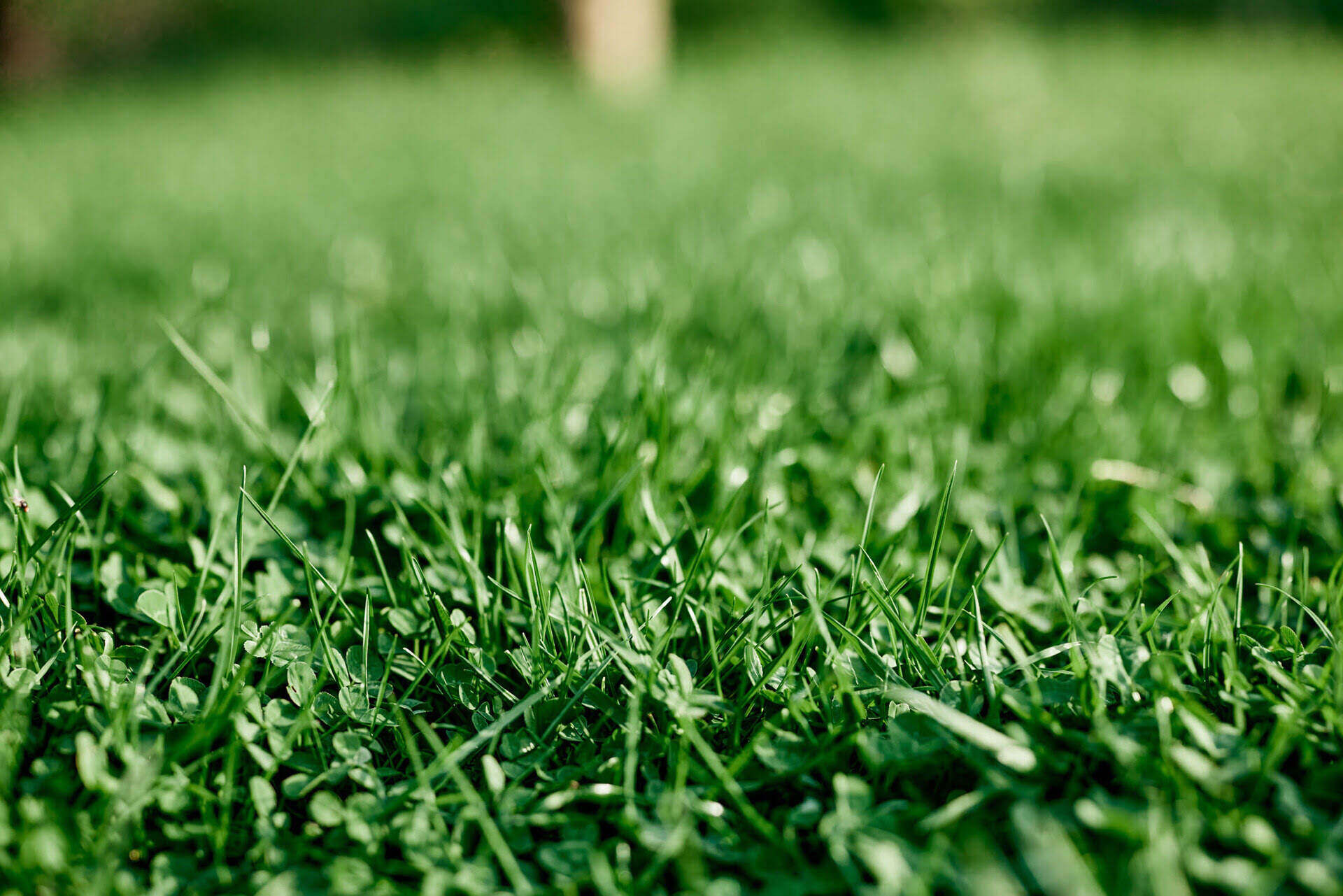

Garden Essentials
How Much Micro Clover Seed Do I Need
Modified: October 21, 2024
Discover how much micro clover seed you need for your garden. Get expert tips and advice on seed quantities for a thriving green space.
(Many of the links in this article redirect to a specific reviewed product. Your purchase of these products through affiliate links helps to generate commission for Storables.com, at no extra cost. Learn more)
Introduction
Welcome to the wonderful world of gardening! Whether you’re a seasoned gardener or just starting out, one thing is for certain – the joy and fulfillment that comes from nurturing and watching plants grow is unparalleled. And when it comes to gardening, the possibilities are endless. From ornamental flowers to delicious fruits and vegetables, there’s something for everyone.
In this article, we will explore the fascinating realm of micro clover, a versatile and beneficial plant that can enhance your garden in numerous ways. Micro clover, also known as small leaf clover (Trifolium repens var. Pirouette), is a type of clover that features tiny leaves and compact growth habit. This unassuming plant has gained popularity among garden enthusiasts for its many advantages.
Micro clover offers several benefits to your garden ecosystem. Firstly, it acts as a natural nitrogen fixer, meaning it is capable of converting atmospheric nitrogen into a usable form that plants can absorb. This reduces the need for synthetic fertilizers and promotes healthier growth in surrounding plants. Additionally, micro clover forms a dense ground cover, suppressing weeds and reducing the need for manual weeding. It also exhibits a high tolerance to foot traffic, making it an ideal choice for lawns and pathways.
Before embarking on your micro clover journey, there are a few factors to consider. Firstly, assess the climate and growing conditions in your area. Micro clover thrives in regions with moderate temperatures and receives at least four hours of direct sunlight each day. It is also important to evaluate the soil quality, as micro clover prefers well-draining soil with a pH between 6.0 and 7.0.
Next, you’ll need to calculate the amount of micro clover seed required for your specific area. This depends on the size of the area you wish to cover and the desired seeding rate. We will explore this in more detail later. Once you have the necessary seed, you can choose the appropriate seeding technique, whether it’s hand broadcasting or using a spreader.
Once your micro clover is established, it’s important to provide the right care and maintenance. This includes regular watering, mowing, and occasional fertilization. With proper care, micro clover can thrive and provide you with a lush, vibrant garden space.
So, if you’re ready to take your gardening game to the next level, join us as we delve into the world of micro clover and discover how this remarkable plant can transform your garden into a haven of beauty and sustainability.
Key Takeaways:
- Micro clover is a versatile plant that offers benefits like natural fertilization, weed suppression, and resilience to foot traffic. It’s low-maintenance and adds visual interest to your garden.
- Calculating the right amount of micro clover seed and choosing the appropriate seeding rate are crucial for successful growth. Consider factors like climate, soil quality, and intended use for optimal results.
Read more: How Much Wildflower Seed Do I Need
Understanding Micro Clover
Micro clover, as the name suggests, is a miniature version of the common white clover (Trifolium repens). It has small leaves and a compact growth habit, making it an excellent choice for a variety of landscape applications.
One of the key advantages of micro clover is its nitrogen-fixing ability. Like other clovers, micro clover forms a symbiotic relationship with nitrogen-fixing bacteria in its root system. These bacteria take nitrogen from the air and convert it into a form that plants can use, effectively fertilizing the surrounding soil. This natural fertilization process reduces the need for synthetic fertilizers and promotes healthier growth in nearby plants.
Micro clover is also a great companion plant. It helps to suppress weeds by forming a dense ground cover, blocking out weed growth. This can significantly reduce the amount of time and effort needed for manual weeding. Additionally, the dense growth of micro clover shades the soil, preventing the germination of weed seeds.
In addition to its nitrogen-fixing and weed-suppressing abilities, micro clover is attractive and adds an appealing aesthetic to any garden. Its tiny leaves create a carpet-like appearance, adding texture and visual interest to landscapes. The leaves are a vibrant green color, which contrasts beautifully with other plants in your garden.
Another noteworthy characteristic of micro clover is its tolerance to foot traffic. Unlike traditional lawns, which can suffer damage from frequent use, micro clover is resilient and bounces back quickly. This makes it an excellent choice for areas that receive heavy foot traffic, such as pathways or play areas.
Furthermore, micro clover is relatively low-maintenance. It requires less water compared to traditional lawns and can withstand periods of drought. It also has moderate to high tolerance to various soil conditions, making it adaptable to different types of soil.
Overall, micro clover is a versatile and beneficial plant that offers numerous advantages to your garden. Whether you’re looking to improve soil fertility, suppress weeds, add visual interest, or create a durable lawn, micro clover is an excellent choice. Its unique characteristics and easy-to-maintain nature make it a popular option for both professional landscapers and home gardeners alike.
Factors to Consider
Before jumping into sowing micro clover seeds and transforming your garden, it’s important to take a few factors into consideration. Understanding these factors will help ensure the success and long-term health of your micro clover plants.
1. Climate: Micro clover thrives in regions with moderate temperatures. It prefers climates that are not too hot or too cold, with average temperatures ranging from 60°F to 80°F (15°C to 27°C). Additionally, micro clover requires a minimum of four hours of direct sunlight each day. Before planting micro clover, research the climate conditions in your area to determine if it is suitable for this plant.
2. Soil Quality: Micro clover prefers well-draining soil with a pH between 6.0 and 7.0. Conduct a soil test to determine the pH level and fertility of your soil. If the pH is too acidic, you may need to amend the soil with lime to raise the pH. If the soil is compacted or poorly drained, incorporate organic matter such as compost to improve its structure and drainage. This will provide an ideal growing environment for your micro clover.
3. Moisture Requirements: While micro clover is relatively drought-tolerant once established, it still requires regular watering during the establishment phase. Adequate soil moisture is crucial for the germination of micro clover seeds and the initial growth of seedlings. Be sure to provide sufficient water during the first few weeks after sowing, and gradually reduce the frequency as the plants become established.
4. Existing Vegetation: Consider the existing vegetation in the area where you plan to sow micro clover seeds. If the area is currently dominated by weeds or invasive plants, you may need to take steps to eliminate or control them before planting micro clover. This can be done through manual removal, herbicide application, or a combination of both. Ensuring a weed-free environment will give your micro clover the best opportunity to thrive.
5. Intended Use: Determine the purpose of planting micro clover in your garden. Are you looking to enhance the look of your lawn, create a ground cover, or add nitrogen to the soil? Understanding your goals will help you select the appropriate seeding rate and maintenance practices for your micro clover. For example, if you want to establish a dense lawn-like appearance, a higher seeding rate may be necessary.
By considering these factors, you can assess the suitability of your garden for micro clover and make informed decisions throughout the process. Remember, proper planning and preparation are key to a successful micro clover planting and long-term enjoyment of its benefits.
Calculating Seed Requirements
One of the crucial steps in sowing micro clover is determining the amount of seed required for your specific area. The seed requirement depends on factors such as the size of the area you wish to cover, the desired seeding rate, and the type of seeding technique you plan to use.
To calculate the seed requirement, follow these simple steps:
- Measure the Area: Begin by measuring the length and width of the area you want to sow with micro clover. If the area is irregularly shaped, divide it into smaller sections and measure each section separately. In the end, you will have the total square footage of the area.
- Determine the Seeding Rate: The seeding rate refers to the amount of seed needed per square foot of the area. It can vary depending on the intended use of micro clover and the level of coverage you desire. For example, if you want a dense lawn-like appearance, a higher seeding rate of around 10 – 15 pounds per 1,000 square feet may be appropriate. For a lighter ground cover, a seeding rate of 5 – 10 pounds per 1,000 square feet might be sufficient.
- Calculate Seed Amount: Multiply the total square footage of the area by the seeding rate to determine the total amount of micro clover seed needed. For example, if you have a 1,000 square foot area and a desired seeding rate of 10 pounds per 1,000 square feet, you would need 10 pounds of micro clover seed.
- Account for Oversowing: It is recommended to oversow micro clover seeds to ensure adequate coverage and fill in any gaps. A general guideline is to increase the seed amount by 25 – 50% depending on the desired thickness of the micro clover. Adjust the calculated seed amount accordingly to account for oversowing.
Keep in mind that these calculations are approximate and may vary based on factors like soil conditions, climate, and personal preferences. It is always a good idea to consult the specific instructions provided by the seed manufacturer or seek advice from local gardening experts to ensure accurate seed calculations.
Once you have calculated the seed requirements, you can easily determine the quantity of micro clover seed to purchase. It’s essential to buy high-quality, certified micro clover seed from reputable suppliers to ensure optimal germination and growth.
By following these steps and accurately determining the seed requirements, you’ll be well-prepared and equipped to sow micro clover in your garden and achieve the desired coverage and results. Happy seeding!
For a new lawn, use 1/4 lb of micro clover seed per 1,000 square feet. For overseeding, use 1/8 lb per 1,000 square feet.
Seeding Rates for Different Areas
When it comes to sowing micro clover, the recommended seeding rate varies depending on the specific area you wish to cover. Different areas have different purposes and require varying levels of coverage. Here are some common scenarios and corresponding seeding rates for each:
- Lawn-Like Appearance: If you desire a dense, lawn-like appearance with micro clover, a higher seeding rate is recommended. For this purpose, a seeding rate of around 10 – 15 pounds per 1,000 square feet is often suggested. This higher density of micro clover plants will create a thick green carpet that resembles a traditional lawn.
- Ground Cover Areas: In areas where you want a lighter coverage of micro clover as a ground cover, a slightly lower seeding rate is sufficient. Aim for a seeding rate of 5 – 10 pounds per 1,000 square feet. This will provide enough micro clover plants to form a cover while allowing for some visible soil and space between the plants.
- Pathways and Play Areas: For pathways or play areas that experience heavy foot traffic and require a resilient ground cover, a higher seeding rate of 10 – 15 pounds per 1,000 square feet is recommended. The increased density of micro clover plants will ensure better resistance to wear and tear.
- Small Garden Beds: If you have small garden beds or planters that you want to enhance with micro clover, a lower seeding rate is suitable. Around 2 – 5 pounds per 1,000 square feet should be sufficient to add a touch of greenery and benefit the soil in these confined areas.
Remember, these seeding rates are approximate guidelines and can be adjusted based on personal preferences and the specific characteristics of your garden. Keep in mind that oversowing is often recommended to ensure adequate coverage and fill in any gaps. If you prefer a thicker micro clover cover, increase the seeding rate accordingly.
It’s important to note that micro clover is a relatively fast-growing and aggressive plant. While it provides many benefits, it may compete with other plants in the garden. If you have existing plants or flowers that require more space or have delicate root systems, consider reducing the seeding rate to avoid overcrowding.
Lastly, be sure to follow the instructions provided by the seed manufacturer as they may have specific recommendations for seeding rates based on the variety of micro clover you are using.
By considering the specific needs of different areas in your garden and selecting the appropriate seeding rate, you can achieve the desired coverage and create a stunning landscape with micro clover.
Seeding Techniques
When it comes to sowing micro clover seeds, there are several techniques you can use to ensure proper seed distribution and maximize germination. The choice of seeding technique depends on the size of the area, the desired coverage, and your personal preference. Here are a few common methods to consider:
- Hand Broadcasting: Hand broadcasting is a simple and cost-effective method suitable for smaller areas. Begin by evenly spreading the micro clover seeds by hand, moving in a back-and-forth motion. To ensure even coverage, it’s helpful to divide the seed into smaller portions and make multiple passes over the area, each time at a different angle. After broadcasting the seeds, gently rake the soil surface to lightly cover the seeds with a thin layer of soil.
- Spreader Application: If you have a larger area to cover or prefer a more uniform seed distribution, using a seed spreader is recommended. Seed spreaders come in various types, including handheld spreaders, push-behind spreaders, and tow-behind spreaders. Follow the manufacturer’s instructions to calibrate the spreader correctly and apply the micro clover seeds evenly across the area. After spreading, again rake the soil surface lightly to cover the seeds with soil.
- Hydroseeding: Hydroseeding is a popular method that involves a mixture of seeds, water, a tackifier (to enhance seed adhesion), and a fiber mulch. This slurry is sprayed onto the ground using a specialized hydroseeding machine. Hydroseeding provides excellent seed-to-soil contact and helps retain moisture during germination. This technique is often used for larger areas, such as lawns or slopes, or in areas where erosion control is necessary.
- Overseeding Existing Lawns: If you have an existing lawn and wish to introduce micro clover, overseeding is the way to go. Before overseeding, mow the lawn to a short height and remove any debris or thatch that may hinder seed-to-soil contact. Use a lawn spreader or a handheld spreader to evenly distribute the micro clover seeds. Gently rake the lawn surface to ensure seed-soil contact, and water the area thoroughly after overseeding.
Regardless of the seeding technique you choose, make sure to water the seeded area regularly to keep the soil moist during germination. Avoid heavy watering that could wash away the seeds. Depending on the weather conditions and seed variety, germination typically occurs within 7 to 14 days.
Remember, proper seed distribution and ideal seed-to-soil contact are crucial for successful germination and establishment of micro clover. Following the appropriate seeding technique will help you achieve an even and healthy growth, resulting in a beautiful micro clover landscape.
Maintenance and Care
Once you’ve successfully established your micro clover, it’s important to provide proper maintenance and care to ensure its continued health and vitality. Taking care of your micro clover involves a few essential tasks to promote growth, prevent weed competition, and maintain an attractive appearance. Here are some key maintenance practices to keep in mind:
- Regular Watering: While micro clover is relatively drought-tolerant once established, it will benefit from regular watering, particularly during dry spells. Water the area thoroughly, ensuring that the soil is moist but not waterlogged. Aim to provide approximately 1 inch of water per week, either through rainfall or supplemental irrigation.
- Mowing: Micro clover can be mowed to maintain a desired height and appearance. Set your lawn mower to a higher cutting height, as micro clover generally looks best when kept between 2 and 4 inches tall. Regular mowing also helps control weed growth and prevents the micro clover from getting too leggy.
- Fertilization: Micro clover, being a nitrogen-fixing plant, requires minimal additional fertilization. However, if you notice signs of nutrient deficiency, such as yellowing leaves, you can provide a light application of nitrogen-rich organic fertilizer. Alternatively, top-dressing with compost can help provide the necessary nutrients to support healthy growth.
- Weed Control: While micro clover acts as a natural weed suppressant, it’s important to periodically check for any invasive weeds that may try to establish themselves in the area. Hand-pull or spot-treat any weeds that appear, being careful not to damage the micro clover plants.
- Preventing Overcrowding: As micro clover establishes and grows, it may spread and potentially overcrowd other plants in the area. Regularly monitor the growth and consider thinning out any crowded areas to maintain an appropriate density and prevent competition among plants.
- Avoiding Chemical Herbicides: Micro clover is sensitive to certain herbicides, including those commonly used to control broadleaf weeds in lawns. Avoid using chemical herbicides that may harm the micro clover plants. Instead, opt for organic and natural weed control methods to maintain a healthy and vibrant micro clover garden.
In addition to these maintenance tasks, it’s important to monitor the overall health of your micro clover plants. Keep an eye out for any signs of pests, diseases, or nutrient deficiencies. Promptly address any issues that arise to prevent them from spreading and affecting the health of the plants.
By following these maintenance and care practices, you can enjoy a lush and vibrant micro clover garden that enhances the beauty and sustainability of your landscape. With a little regular attention, your micro clover plants will thrive, providing you with a stunning and low-maintenance ground cover for years to come.
Conclusion
Congratulations! You have now journeyed into the realm of micro clover and discovered the numerous benefits it offers to your garden. From its nitrogen-fixing abilities to its weed-suppressing properties, micro clover is a versatile and valuable addition to any landscape.
By understanding the factors to consider, calculating the seed requirements, and selecting the appropriate seeding rate, you can successfully establish micro clover in your garden. Whether you’re aiming for a dense lawn-like appearance or a lighter ground cover, the right preparation and seeding techniques will ensure optimal coverage and growth.
Once your micro clover is in place, maintaining and caring for it becomes essential. Regular watering, proper mowing, and occasional fertilization will keep your micro clover healthy and vibrant. Additionally, monitoring for weeds and providing the necessary attention to pest and disease management will ensure the long-term success of your micro clover garden.
Remember, micro clover isn’t just a beautiful addition to your garden, but also a sustainable choice for improving soil health, reducing the need for synthetic fertilizers, and suppressing weeds. Its adaptability and low-maintenance nature make it suitable for various areas, including lawns, pathways, and small garden beds.
As you embark on this micro clover journey, don’t forget to enjoy the process and marvel at the transformation of your garden into a lush and eco-friendly space. Embrace the beauty and sustainability that micro clover provides, and take pride in contributing to a greener and more vibrant environment.
So, grab your micro clover seeds, put on your gardening gloves, and let your creativity blossom. With a little time, effort, and careful care, your micro clover garden will flourish, offering you years of joy and satisfaction.
Frequently Asked Questions about How Much Micro Clover Seed Do I Need
Was this page helpful?
At Storables.com, we guarantee accurate and reliable information. Our content, validated by Expert Board Contributors, is crafted following stringent Editorial Policies. We're committed to providing you with well-researched, expert-backed insights for all your informational needs.
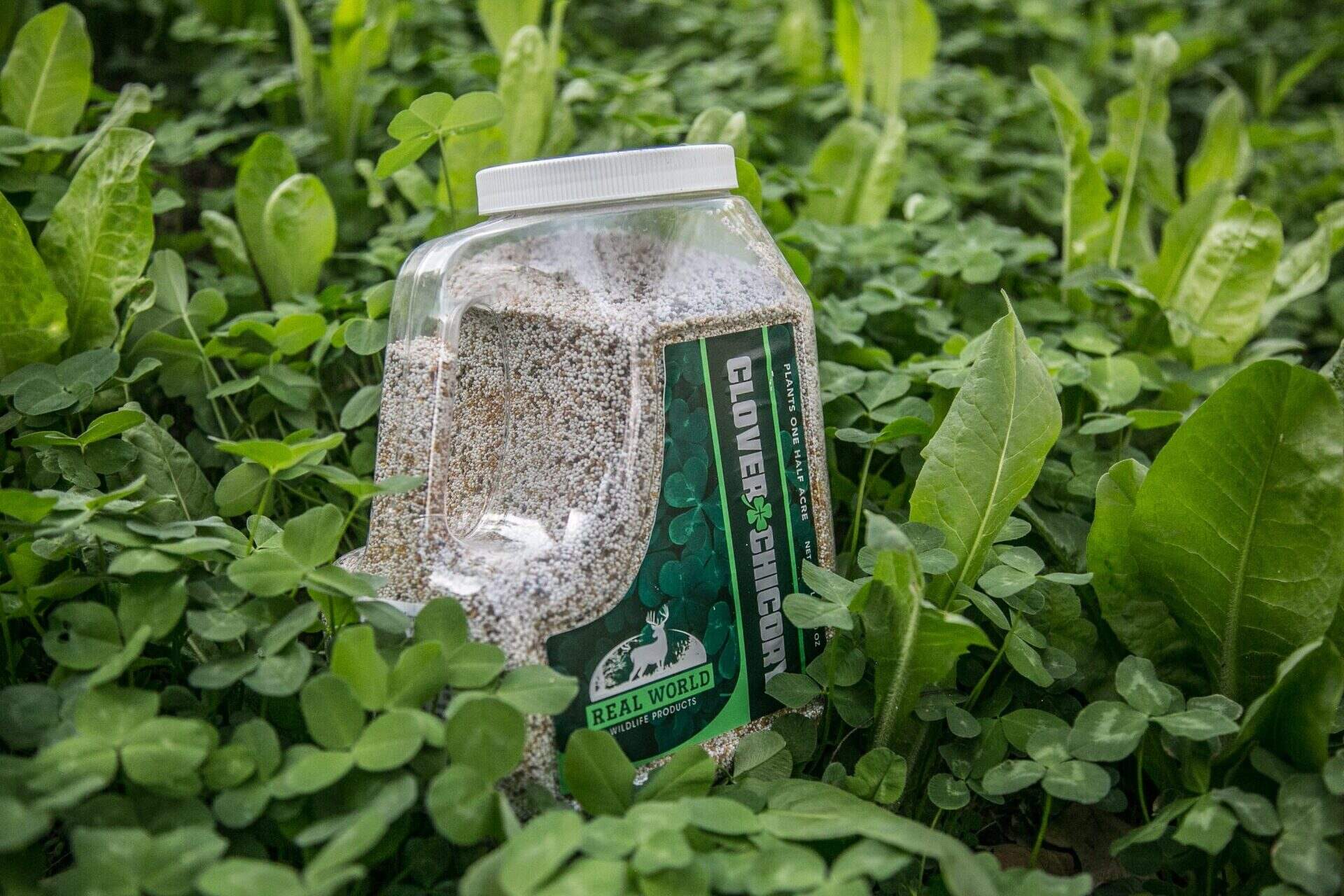

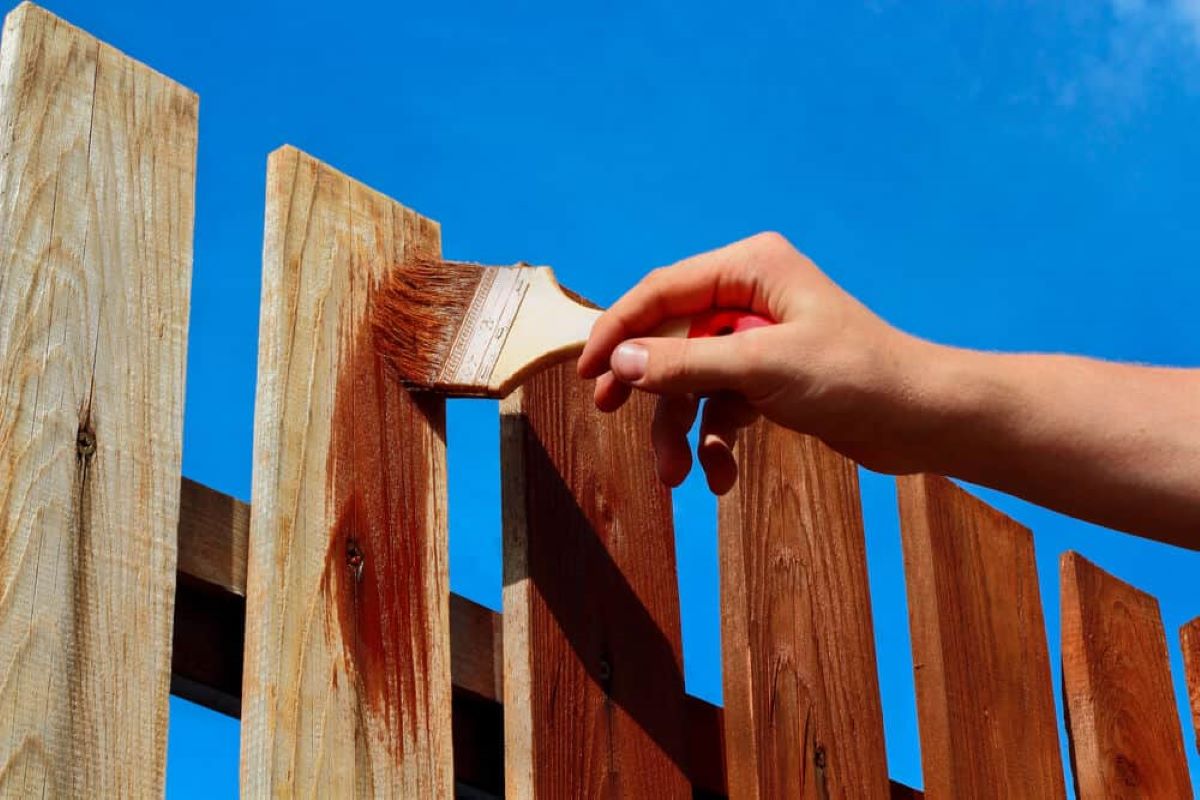
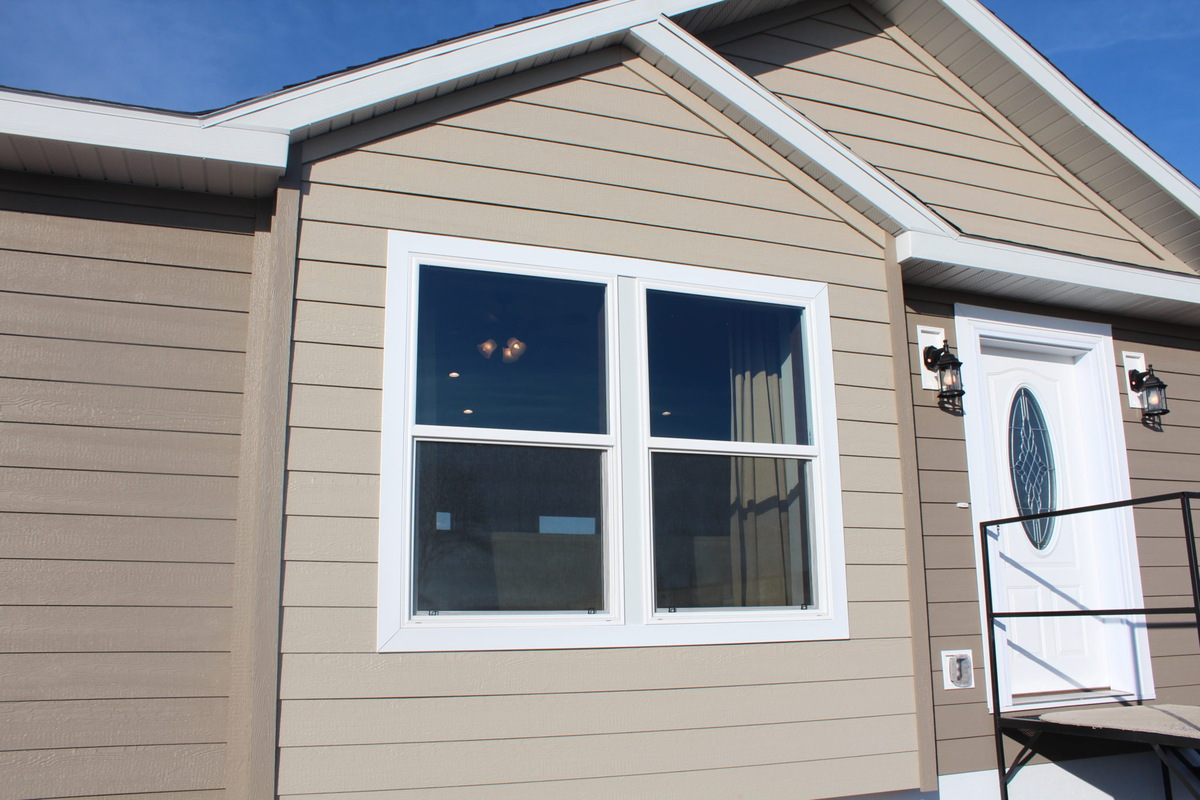

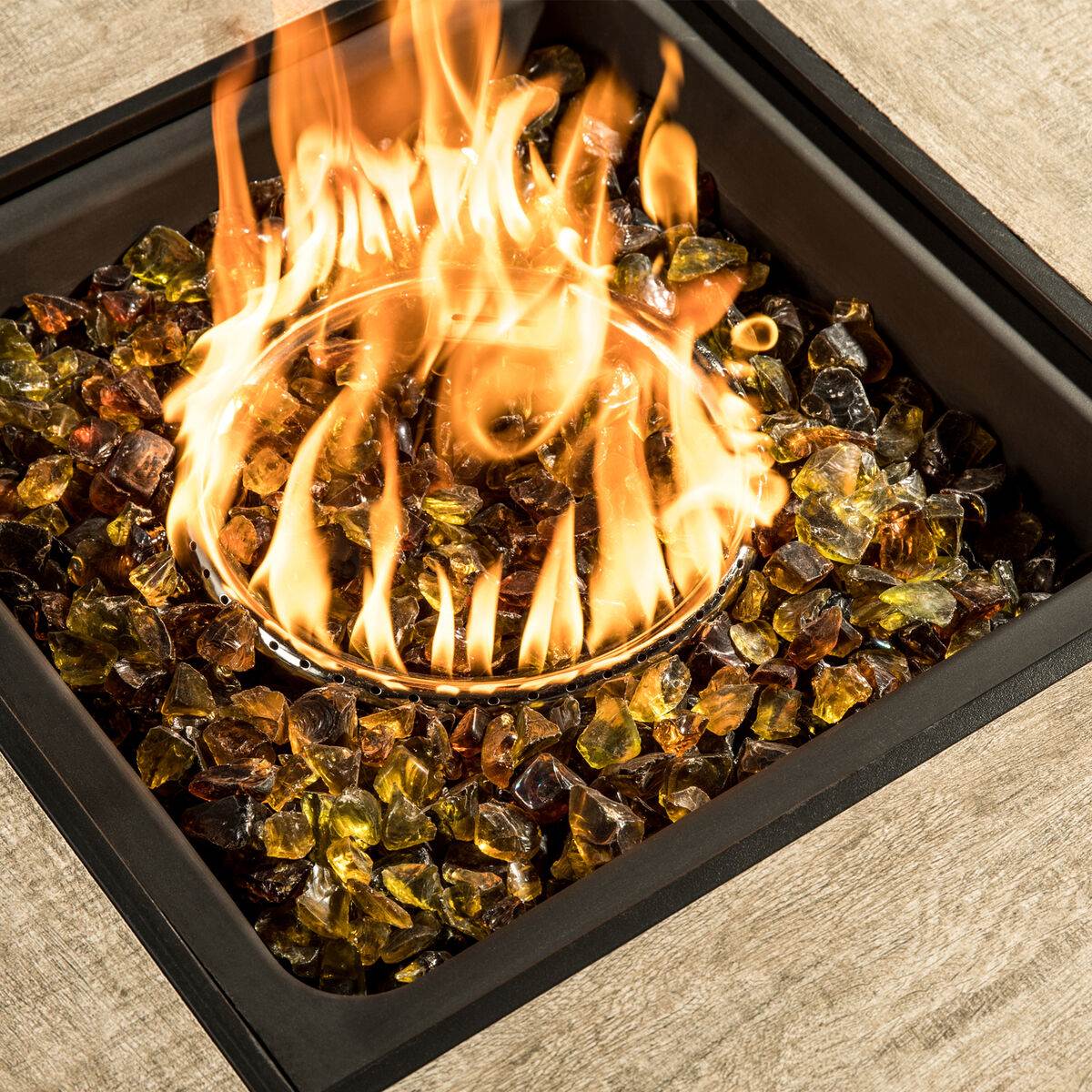
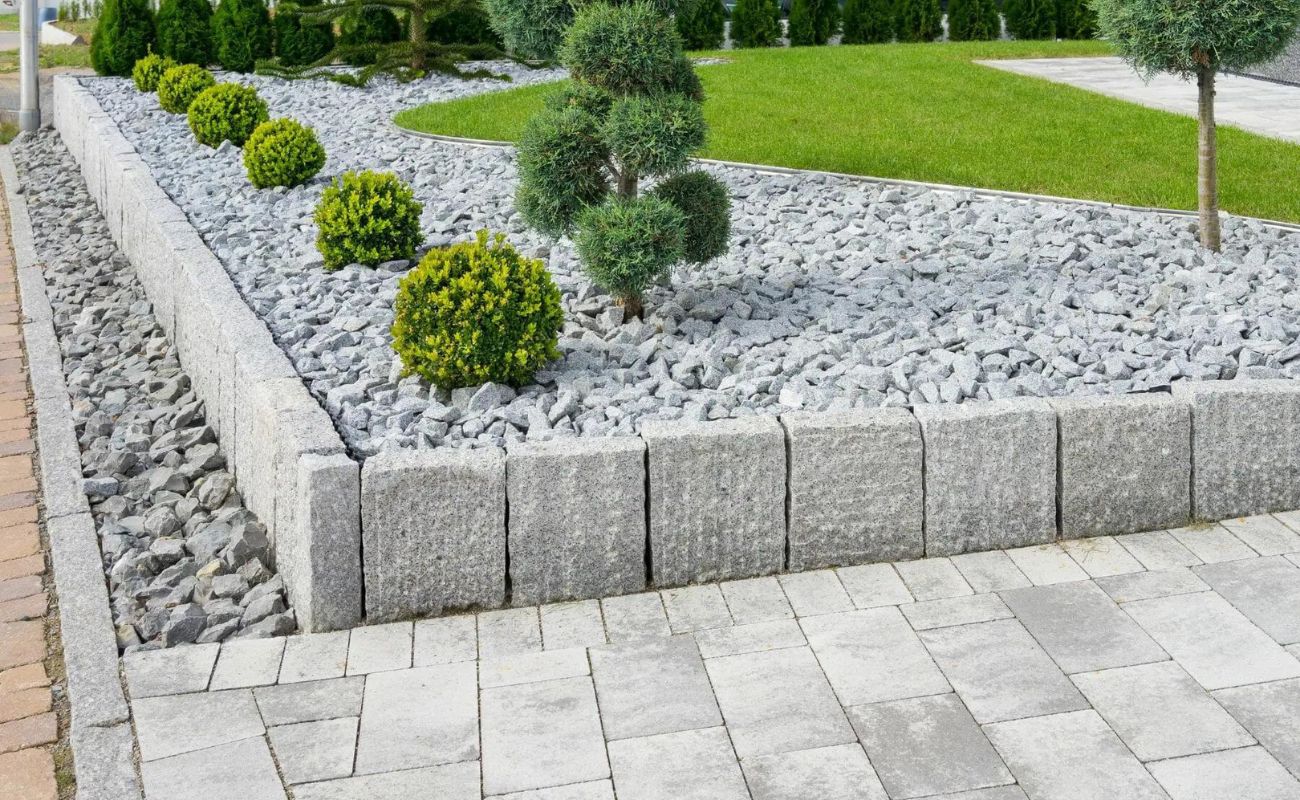

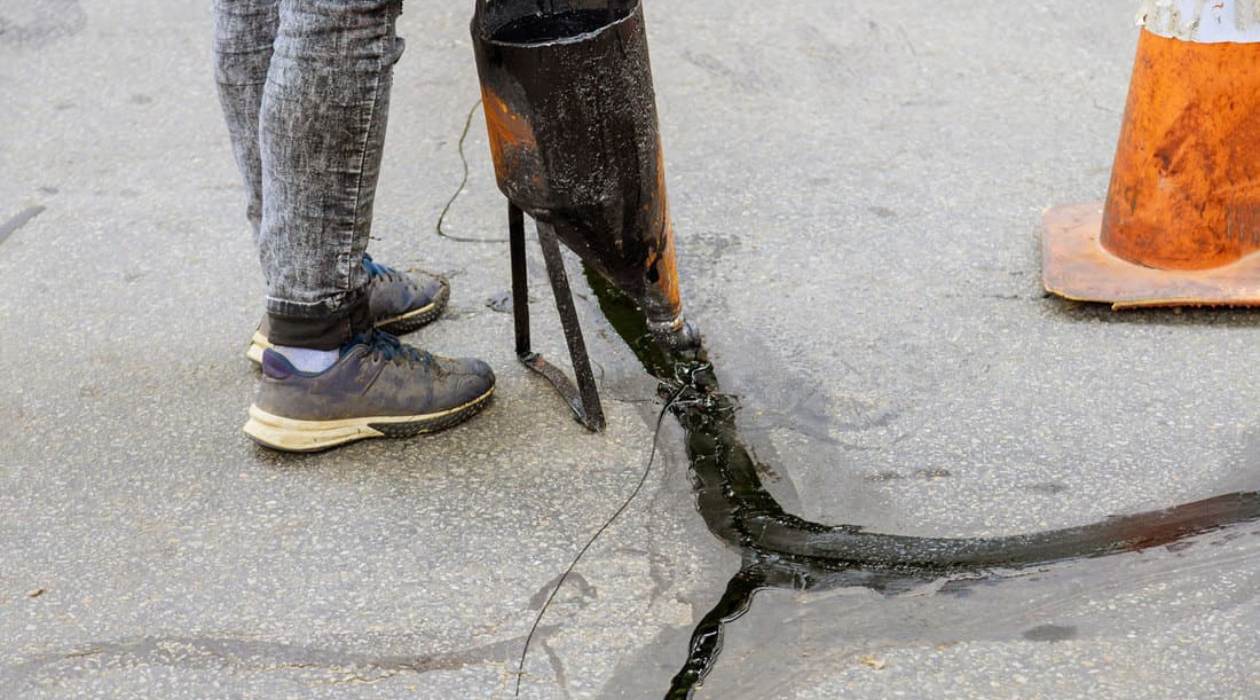

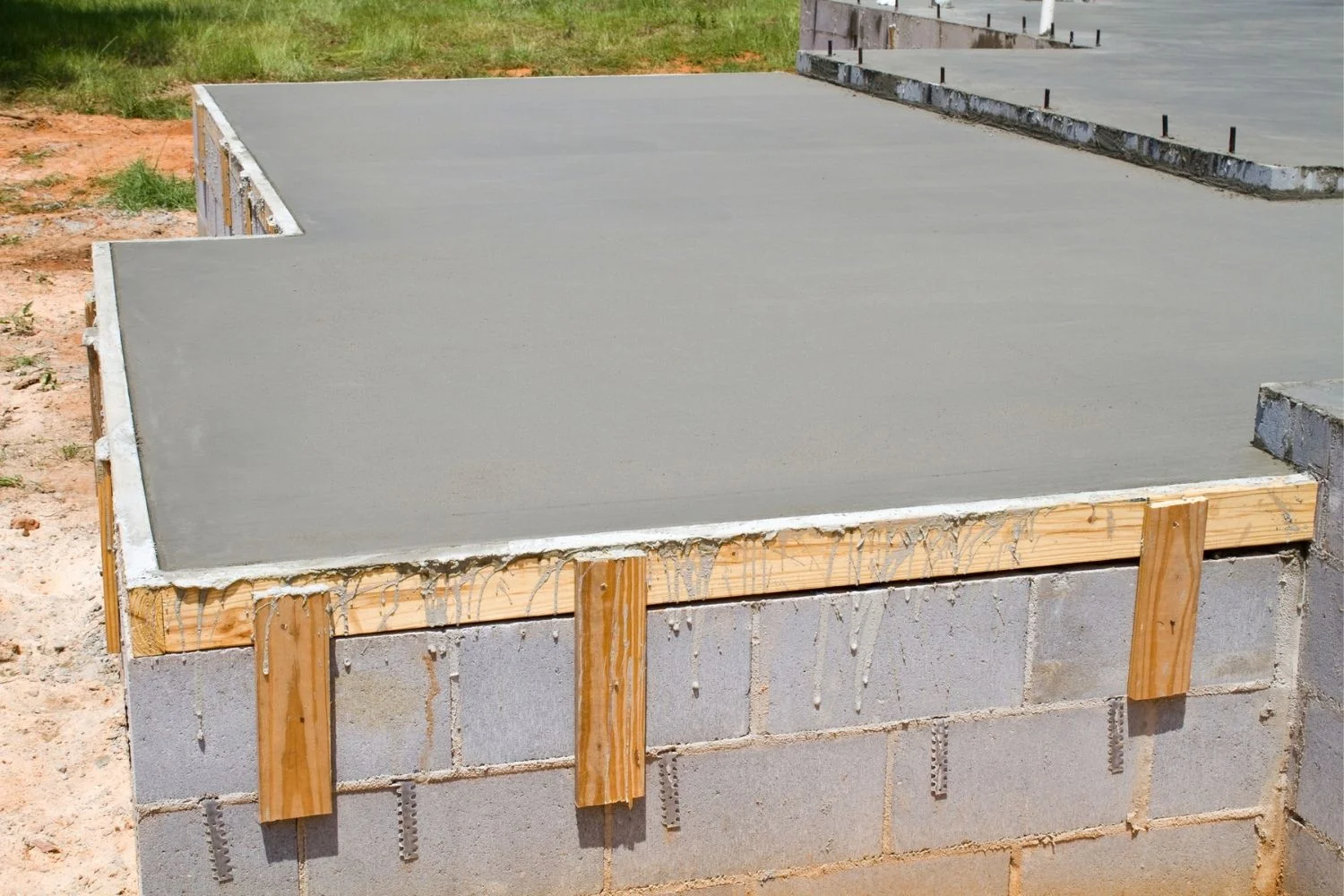

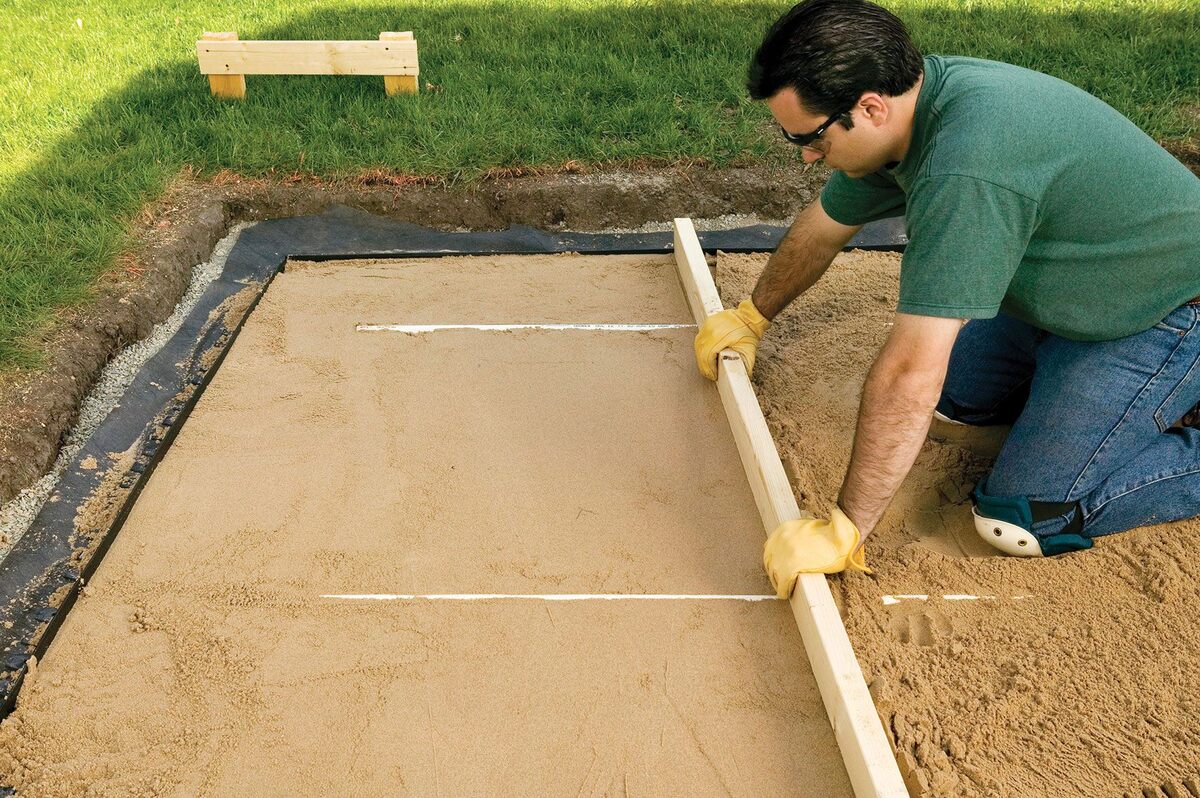
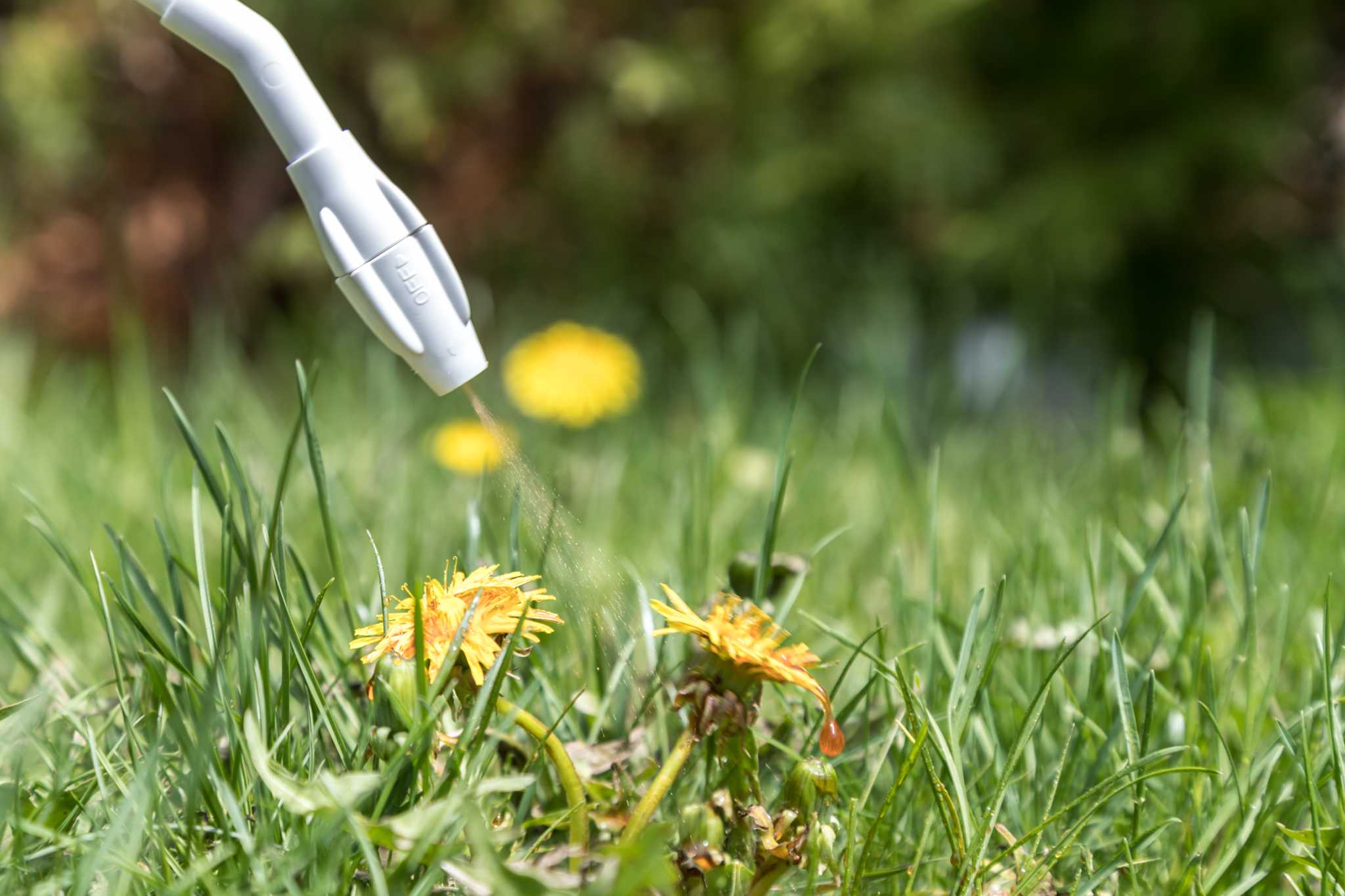

0 thoughts on “How Much Micro Clover Seed Do I Need”